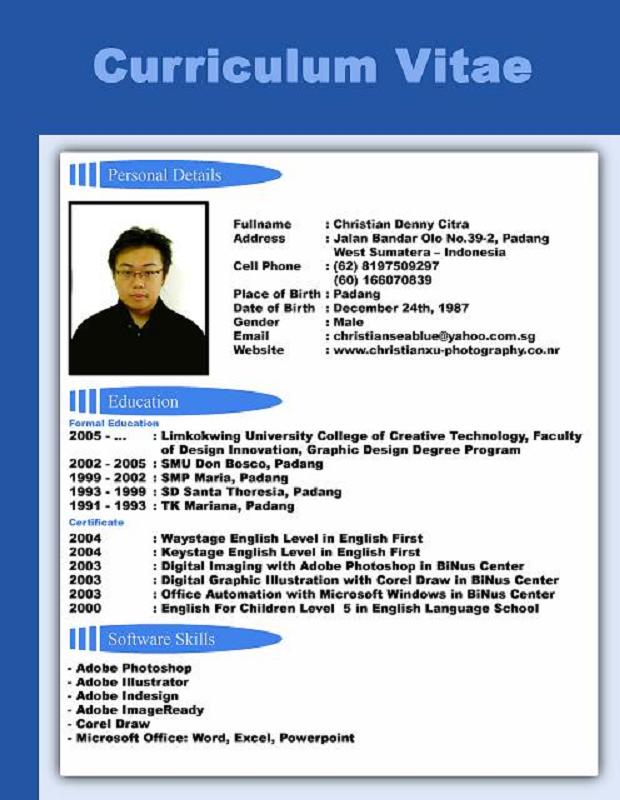While both are utilized for job application, you must not be confused in spotting the difference between a CV (Curriculum Vitae) and a resume. One word may be able to summarize—but not limit—the distinction between two: LENGTH. A Curriculum Vitae contains more detailed information about your work experience, educational background and skills; whereas, a resume only offers the précis of these details and can’t exceed into two pages.
Curriculum Vitae
In the Asia, Middle East and Europe, employers are most likely to ask curriculum vitae over resume. In the USA, however, curriculum vitae are often used in applying for academic, research, educational, and scientific positions.

Your curriculum vitae may exceed into more than 2 pages as it offers condensed details of academic achievements, as well as achievements, honors, affiliations, publications and awards.
Resume
A resume as discussed above is a condensed version of your skills, academic, employment background and should never exceed its two-page limit. Further, there are several types of resume: 1) functional; 2) chronological; 3) combination resume; 4) and targeted.
Functional resume mainly discusses your skills and experiences. It doesn’t highlight the employment dates and only comes as minor information. People who have various job experiences, employment intervals and limited experience usually use this resume type.

Chronological type is most commonly used as it tackles the sequential format of your job experiences. People with solid employment background use this resume type.
Combination resume lets you highlight both function and chronology of your past job experiences. If you are all set to impress, use this type of resume.
Target type resume bears modified information suited for your target job. It reflects the job requirements in details such as objective, educational background and work experience.
